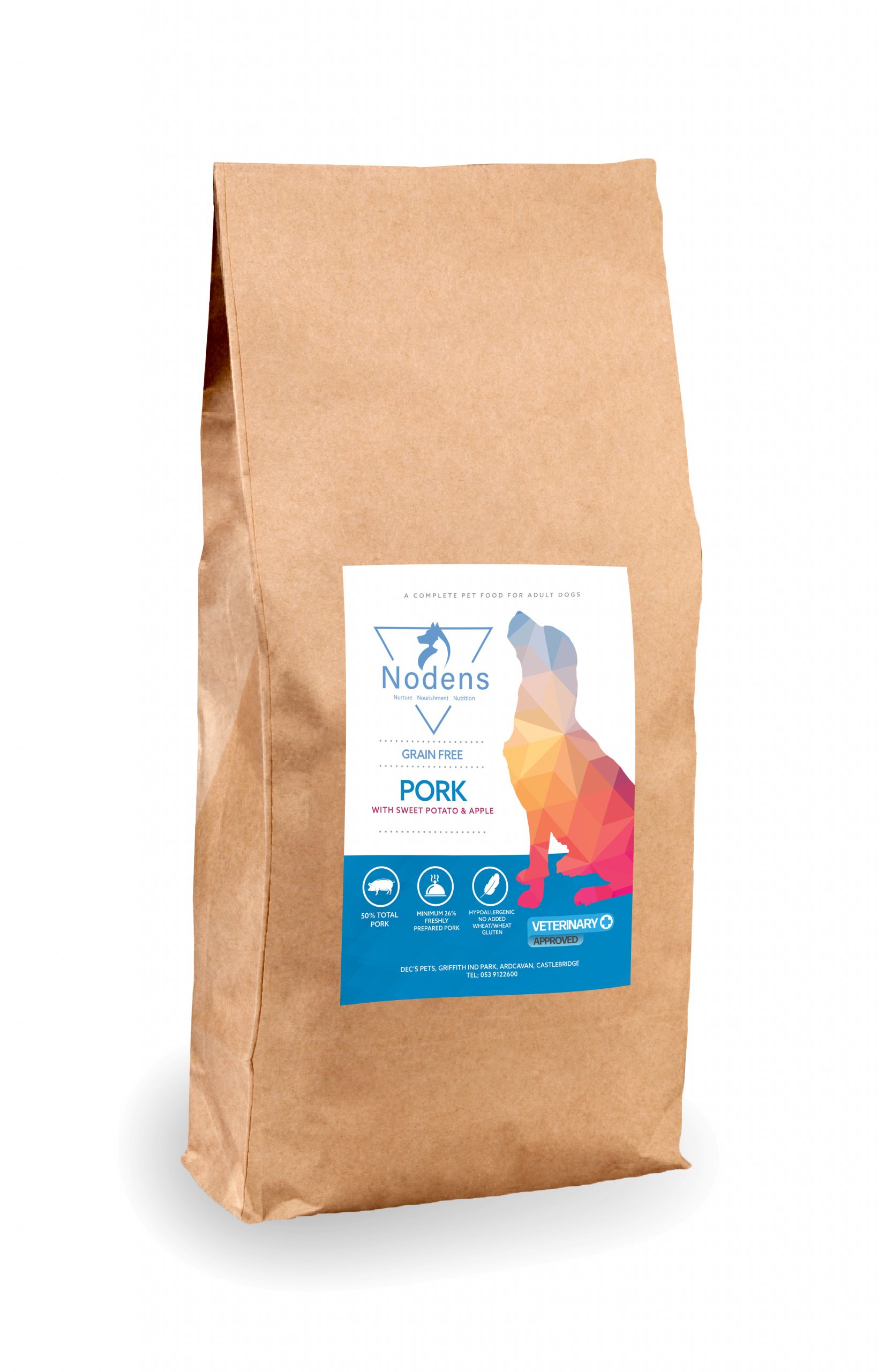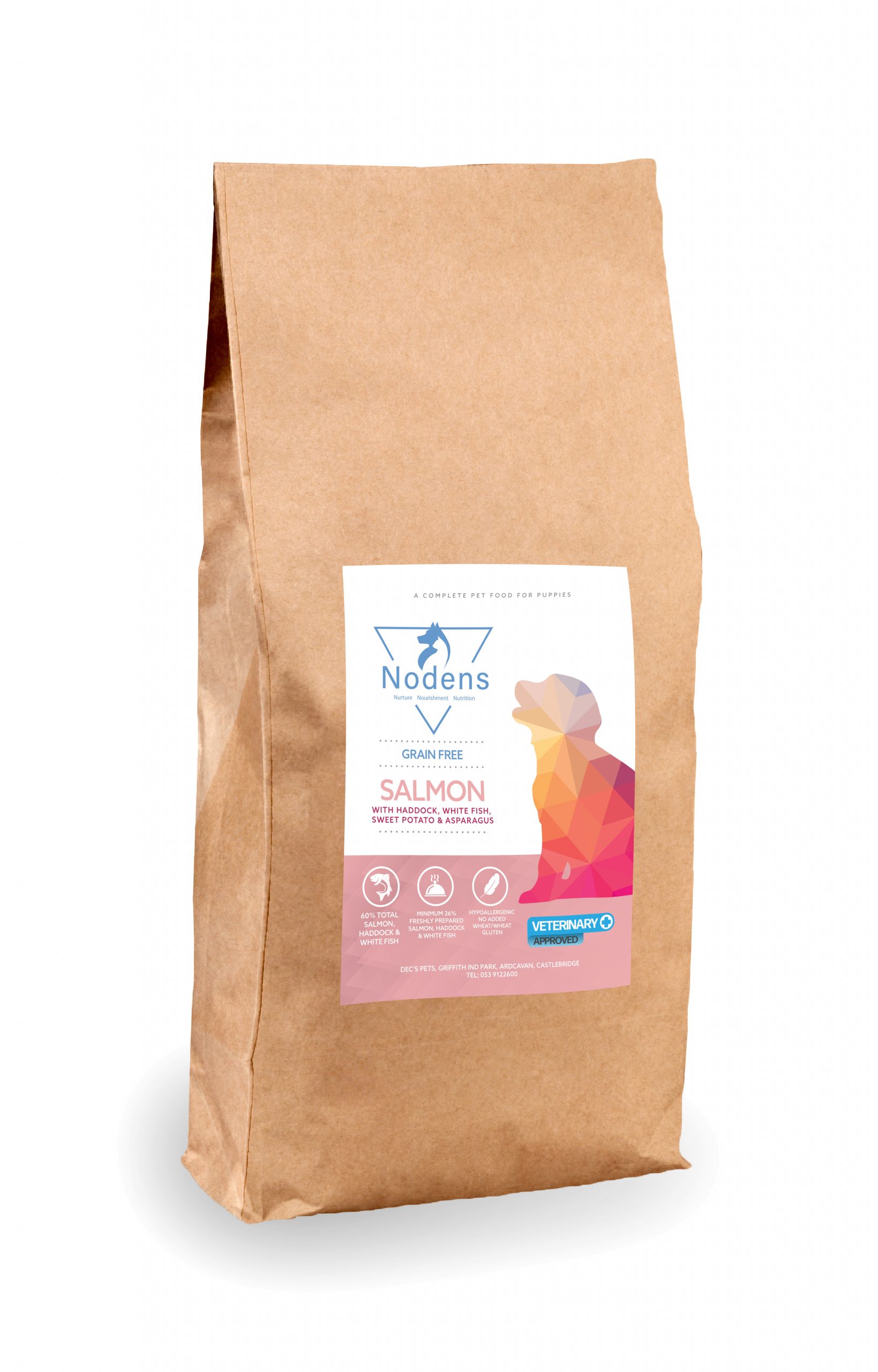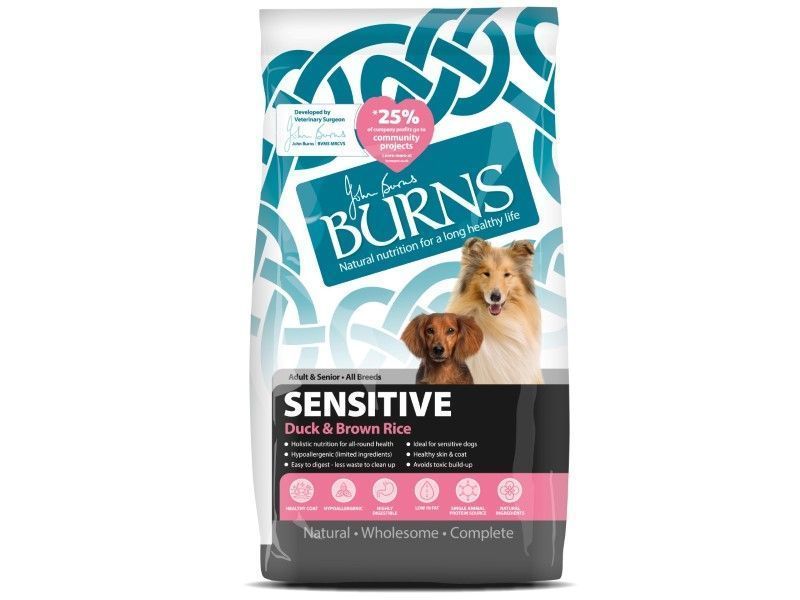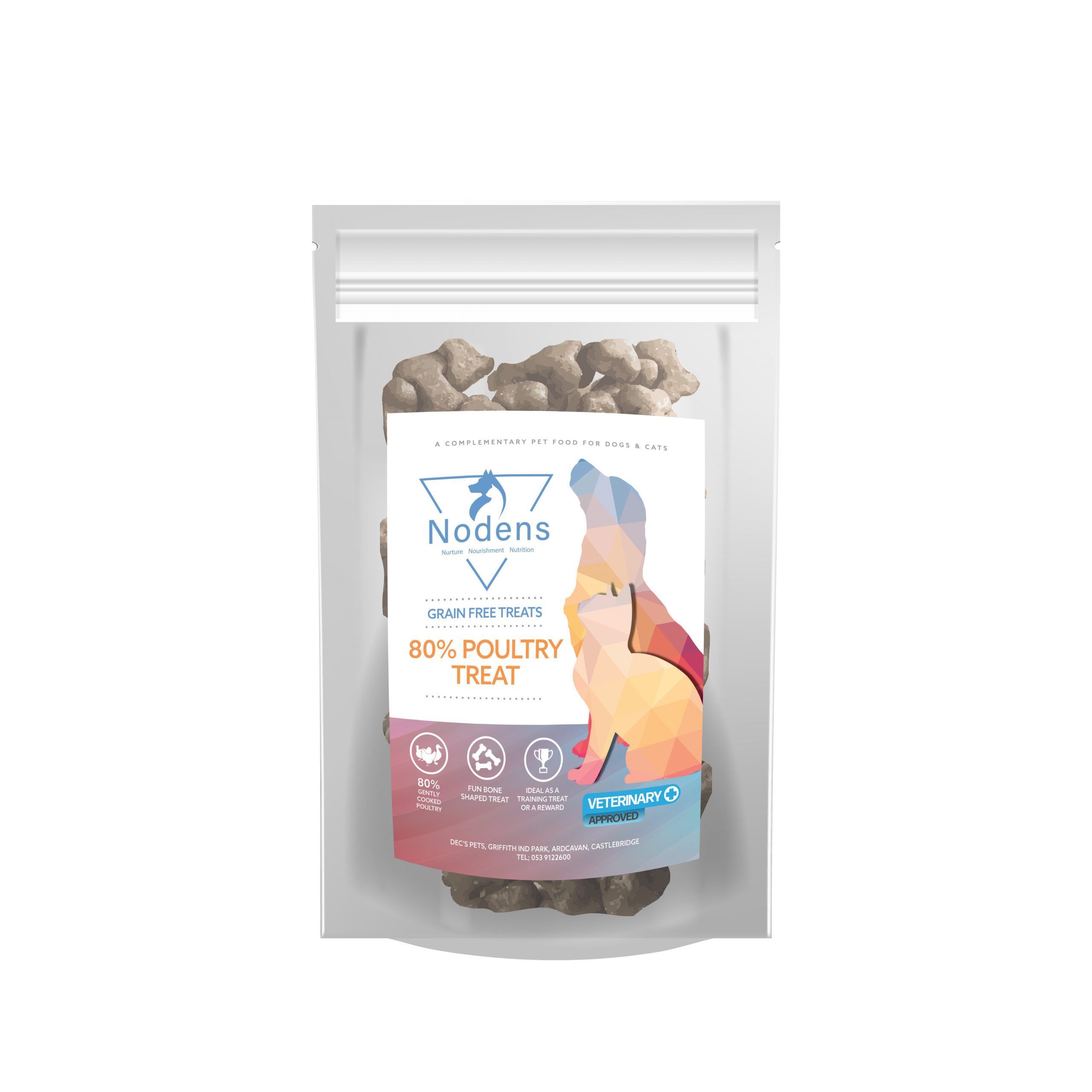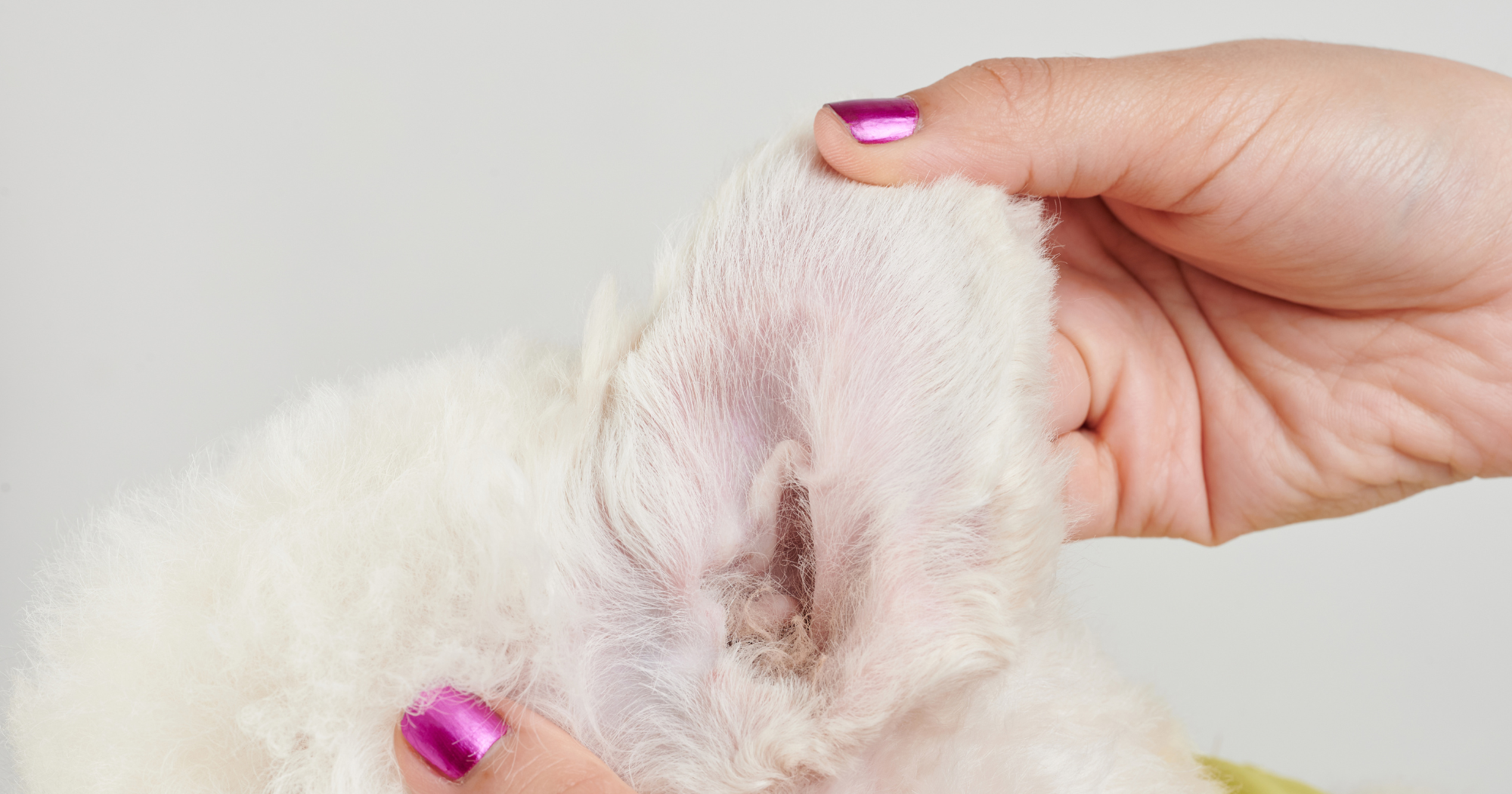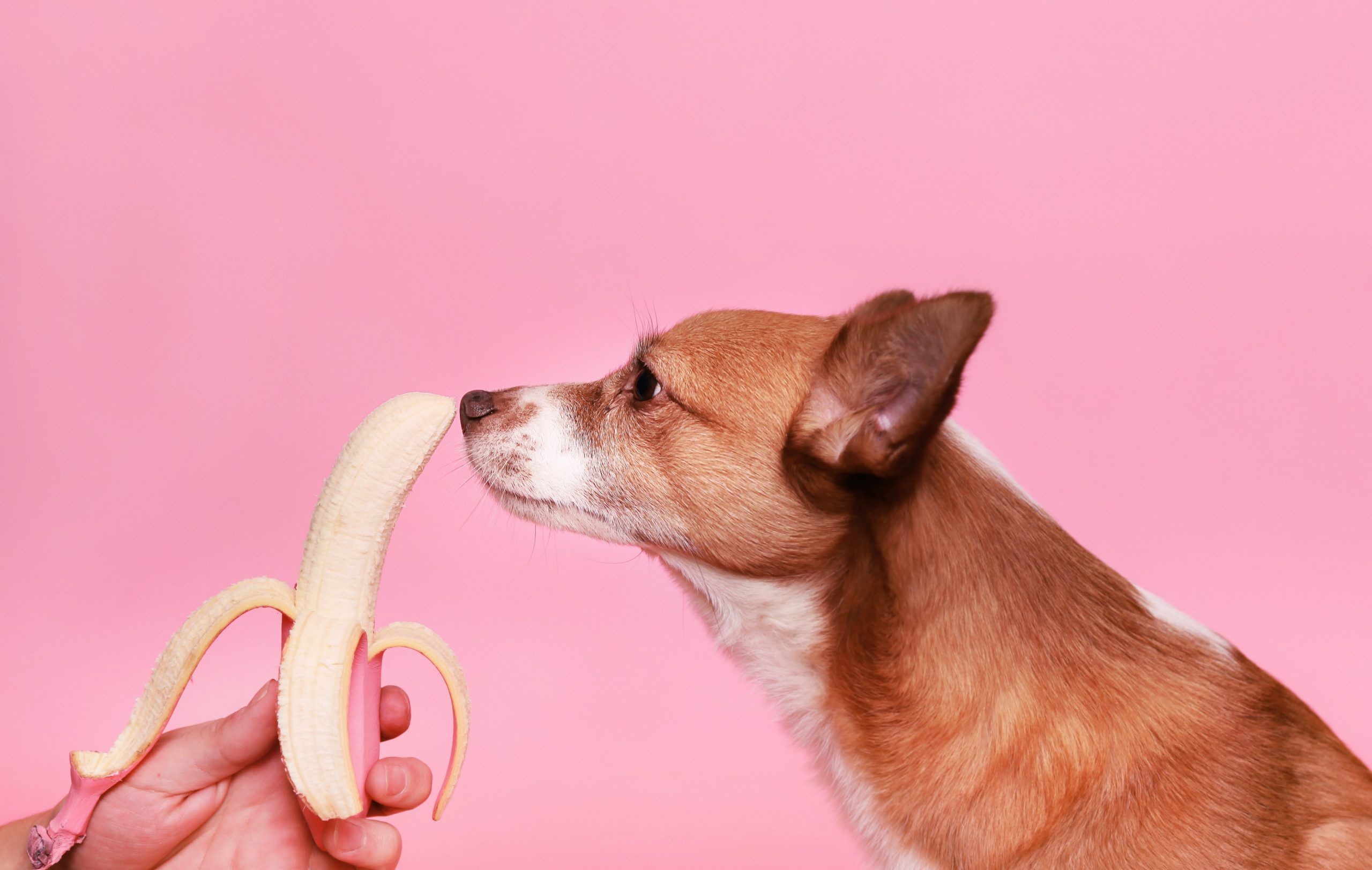
In this post, we’re putting the spotlight on grain-free dog food – a somewhat controversial subject in the world of pet nutrition. Rather than siding with one school of thought over another, we like to keep our clients as well-informed as we can. So let’s look at some of the most significant benefits of going grain-free, as well as the potential drawbacks…
What exactly is grain-free dog food?
Standard dog food usually contains one or more of the following grains as a source of carbohydrate:
- Wheat
- Rice
- Barley
- Oats
- Maize
- Millet
- Rye
- Soy
Grain-free dog food, as well as grain-free dog treats, contain absolutely none of these ingredients. However, it’s a common misconception that they’re carbohydrate-free – this certainly isn’t the case, as carbs are an essential energy source for canines. This type of food simply uses alternative sources of carbohydrates instead, the most common ones being potatoes, peas, lentils or quinoa.
Does grain-free mean gluten-free?
It’s important to note that grain-free and gluten-free are not one and the same. Gluten-free dog food has no gluten-containing grains, such as wheat, barley, and rye, but may still be made up of other kinds of grains. So if in doubt, it’s always best to read the food label carefully or ask your vet for advice. Or feel free to talk to one of our team members on the shop floor. We’re always happy to help!
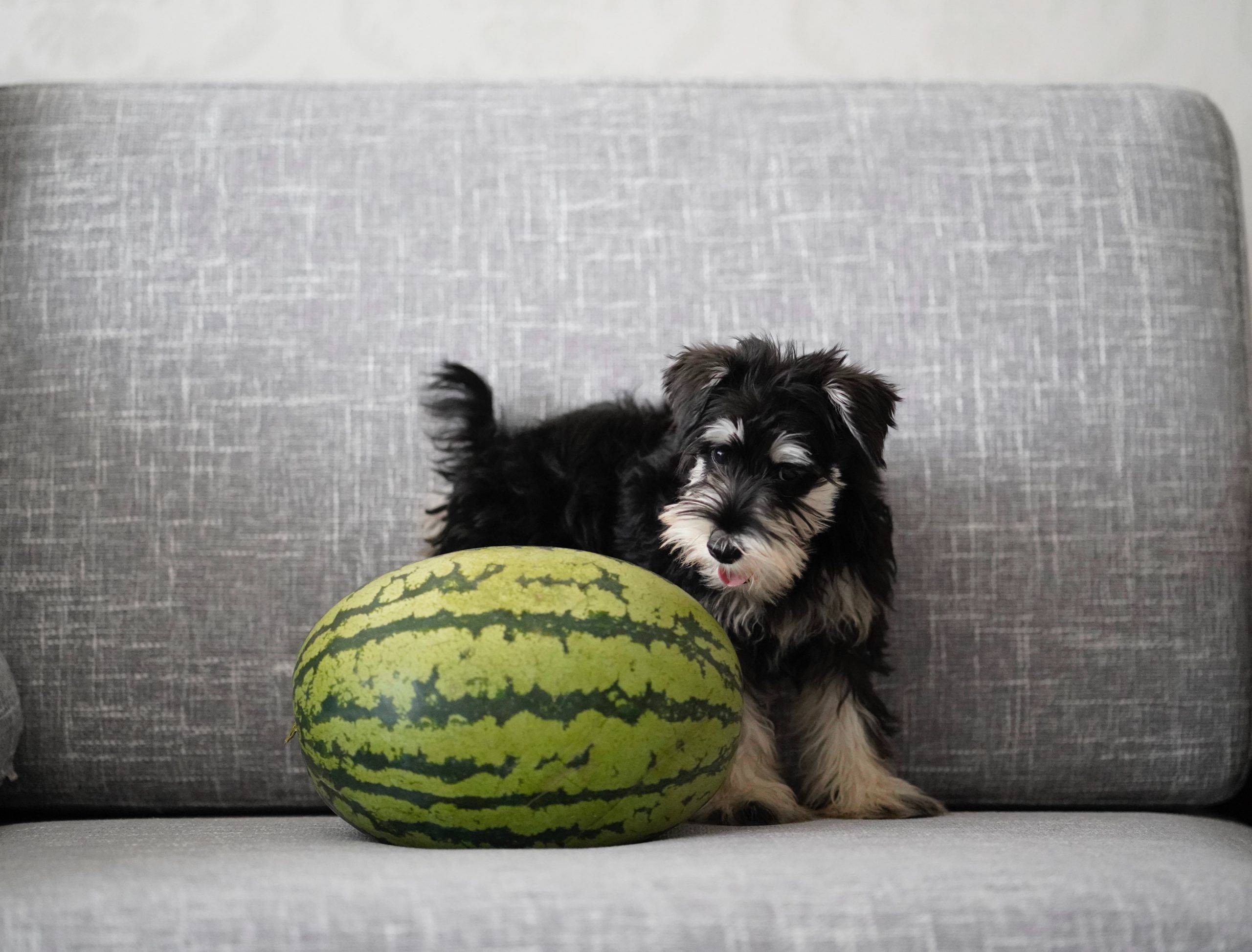
What are the benefits of grain-free dog food?
After switching their dog’s diet to a grain-free one, pet owners often notice a number of positive changes, including allergy control, better weight management and overall digestion, as well as a healthier, more shiny coat.
Allergy control
Going grain-free is often considered best for dogs with allergies. Although grain allergies in dogs are quite rare – it is actually more common for dogs to be allergic to some kind of protein in their diet, like meat or dairy – grains can sometimes be the culprit. So, if your dog is experiencing symptoms of an allergy like this, your vet may advise feeding them hypoallergenic food or starting them on a grain-free diet.
Better weight management
Dogs with weight control issues – particularly older, less active dogs – could benefit from a diet lower in grains. This is because regular dog food is often bulked out with grains as a cheap source of energy-providing carbohydrates, but if your dog is not burning off enough of these calories, they turn to fat. In the case of grain-free food, their body will use the fat and protein it contains as an energy source instead. What’s more, because of the high nutritional content of grain-free dog food, it can help keep your dog fuller for longer, meaning they’ll eat less food in general.
Improved digestion
Dogs with sensitive tummies may struggle to process the starchy carbohydrates found in certain grains, so grain-free food could aid digestion. This, in turn, can help lessen the frequency of unpleasant symptoms like constipation, flatulence and bloating in your dog.
Healthier skin and coat
Many of our clients have noticed that their dogs benefit from the increase in fatty acids found in a grain-free diet. These are essential for maintaining healthy skin and soft fur, with the natural ingredients in grain-free food providing higher doses of omega 3 and 6 than regular dog food does. So a grain-free diet could work wonders if your pet suffers from dry skin or sheds a lot of fur. If this is a particularly problem for your dog, you may also choose to supplement their diet with salmon oil as an added boost of omega oils.
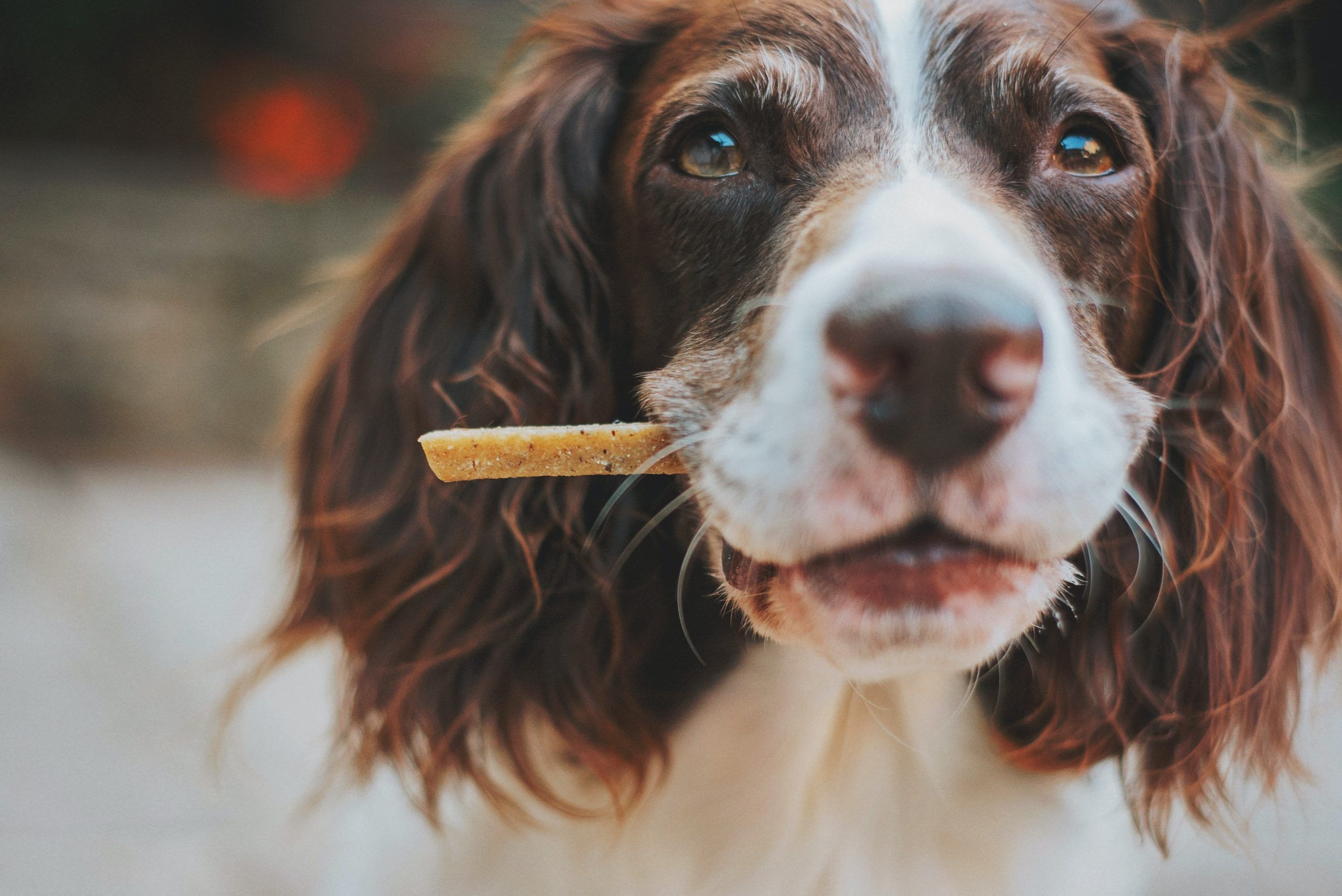
What are the drawbacks of grain-free dog food?
Despite its popularity in recent years for the many benefits mentioned above, there may be some slight drawbacks of going grain-free, mainly due to an investigation into DCM and potentially higher costs.
Dilated Cardiomyopathy in dogs
A relatively recent FDA investigation into the causes of Dilated Cardiomyopathy (DCM) in dogs has caused a bit of a stir in the world of canine nutrition recently, after claiming that DCM may be linked to grain-free food. However, since the initial commotion caused by this announcement, studies have shown there is actually no conclusive link between the two, meaning that this is still being investigated.
More expensive
As it is made of all-natural ingredients and isn’t bulked out with any cheap fillers, grain-free food is generally more pricey than standard dog food. This could cause some pet owners to avoid starting their pet off on a grain-free diet, for fear that they might not be able to afford to maintain this lifestyle. However, our Nodens grain-free range is a really affordable option for pet owners who are looking to make the switch but who may be concerned about the cost.
What’s the verdict?
So is grain-free best for dogs? There are certainly some great benefits of feeding your pet grain-free food, especially if they’re not responding well to their usual food. But it’s important to remember that all dogs are different, just like humans, so your pet may experience some of the advantages of a grain-free diet, but also may not. Ultimately, it really depends on your dog’s individual needs, so we recommend that you always consult your vet and do your research before making any major changes to your pet’s diet.
Useful links
Allergies in Dogs and Puppies: Signs, Causes, and Treatment
A to Z of Health and Care Issues – Omega 3
Questions & Answers: FDA’s Work on Potential Causes of Non-Hereditary DCM in Dogs

